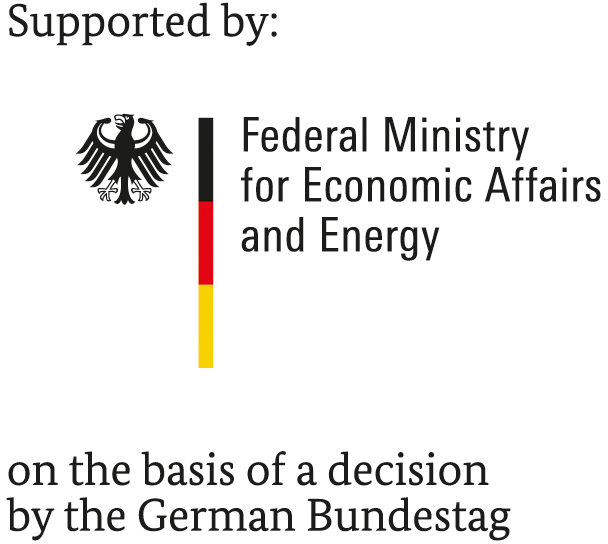HIV latency. Interaction between HIV proteins and immune response
Description
Formats
Links
HIV-1 dynamics in vivo: virion clearance rate, infected cell life-span, and viral generation time
Description
ABSTRACT: A new mathematical model was used to analyze a detailed set of human immunodeficiency virus-type 1 (HIV-1) viral load data collected from five infected individuals after the administration of a potent inhibitor of HIV-1 protease. Productively infected cells were estimated to have, on average, a life-span of 2.2 days (half-life t 1/2 = 1.6 days), and plasma virions were estimated to have a mean life-span of 0.3 days (t 1/2 = 0.24 days). The estimated average total HIV-1 production was 10.3 x 10(9) virions per day, which is substantially greater than previous minimum estimates. The results also suggest that the minimum duration of the HIV-1 life cycle in vivo is 1.2 days on average, and that the average HIV-1 generation time--defined as the time from release of a virion until it infects another cell and causes the release of a new generation of viral particles--is 2.6 days. These findings on viral dynamics provide not only a kinetic picture of HIV-1 pathogenesis, but also theoretical principles to guide the development of treatment strategies.
Formats
Links
Hodgkin Huxley Tutorial (NeuroMl 2)
Description
A tutorial on the Hodgkin Huxley model. Developed as part of the OpenWorm project. For more details see: http://hodgkin-huxley-tutorial.readthedocs.org/en/latest/




This model is described in the article:
Studying HIV latency by modeling the interaction between HIV proteins and the innate immune response. Aguilera LU, Rodríguez-González J. J. Theor. Biol. 2014 Nov; 360: 67-77
Abstract:
HIV infection leads to two cell fates, the viral productive state or viral latency (a reversible non-productive state). HIV latency is relevant because infected active CD4+ T-lymphocytes can reach a resting memory state in which the provirus remains silent for long periods of time. Despite experimental and theoretical efforts, the causal molecular mechanisms responsible for HIV latency are only partially understood. Studies have determined that HIV latency is influenced by the innate immune response carried out by cell restriction factors that inhibit the postintegration steps in the virus replication cycle. In this study, we present a mathematical study that combines deterministic and stochastic approaches to analyze the interactions between HIV proteins and the innate immune response. Using wide ranges of parameter values, we observed the following: (1) a phenomenological description of the viral productive and latent cell phenotypes is obtained by bistable and bimodal dynamics, (2) biochemical noise reduces the probability that an infected cell adopts the latent state, (3) the effects of the innate immune response enhance the HIV latency state, (4) the conditions of the cell before infection affect the latent phenotype, i.e., the existing expression of cell restriction factors propitiates HIV latency, and existing expression of HIV proteins reduces HIV latency.